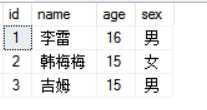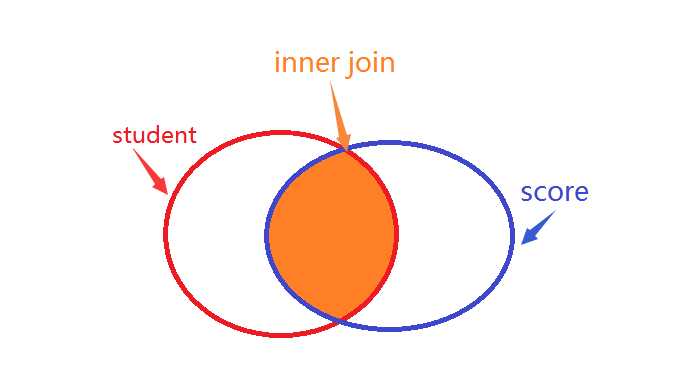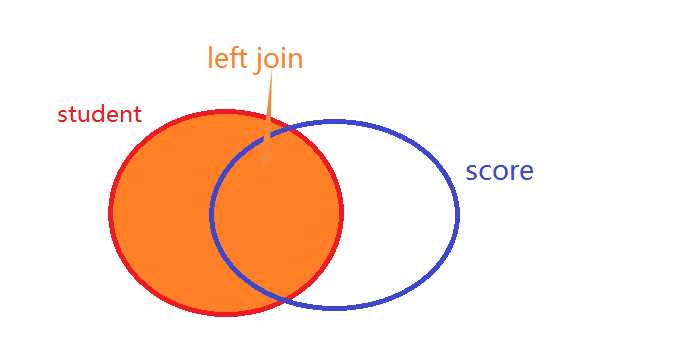标签:
sql数据库表连接,主要分为:内连接、外连接(左连接、右连接 、全连接)、交叉连接,今天统一整合一下,看看他们的区别。
首先建表填充值。
学生表:student(id,姓名,年龄,性别 )
成绩表:score(id,学生id,成绩)
一、内连接(inner join……on)
select student.* ,Score.* from student inner join Score on student.id=Score.sid
查询结果如下:
关系如下图:
总结:inner join取两表的交集。
二、外连接
外连接包括 左连接、右连接、全连接 (left|right | full outer join ……on),其中outer可以省略
(1)左连接(left join ……on)
select student.* ,Score.* from student left join Score on student.id=Score.sid
查询结果如下:
关系如下图:
总结:left join 以左表为准,查询出左表的所有数据,右表中有对应的则显示出来,没有对应的则显示为null.
注:A left join B on 与 A,B where 有相同效果,如下:
select student.* ,Score.* from student inner join Score on student.id=Score.sid
select student.* ,Score.* from student,Score where student.id=Score.sid
(2)右连接(right join ……on)
select student.* ,Score.* from student right join Score on student.id=Score.sid
关系如下图:
总结:right join 以右表为准,查询出右表的所有数据,左表中有对应的则显示出来,没有对应的则显示为null.
(3)全连接(full join ……on)
select student.* ,Score.* from student full join Score on student.id=Score.sid
总结:full join 是为left和right的集合,某表中某一行在另一表中无匹配行,则相应列的内容为NULL。
三、交叉连接(cross join),注意没有on条件
select student.* ,Score.* from student cross join Score
叉联接也称作笛卡尔积。相当于两个表中的所有行进行排列组合。
若表a有X行,表b有Y行,则将返回XY行记录。
sql数据库的表连接方式图文详解
标签:
原文地址:http://www.cnblogs.com/janneystory/p/5618140.html



















